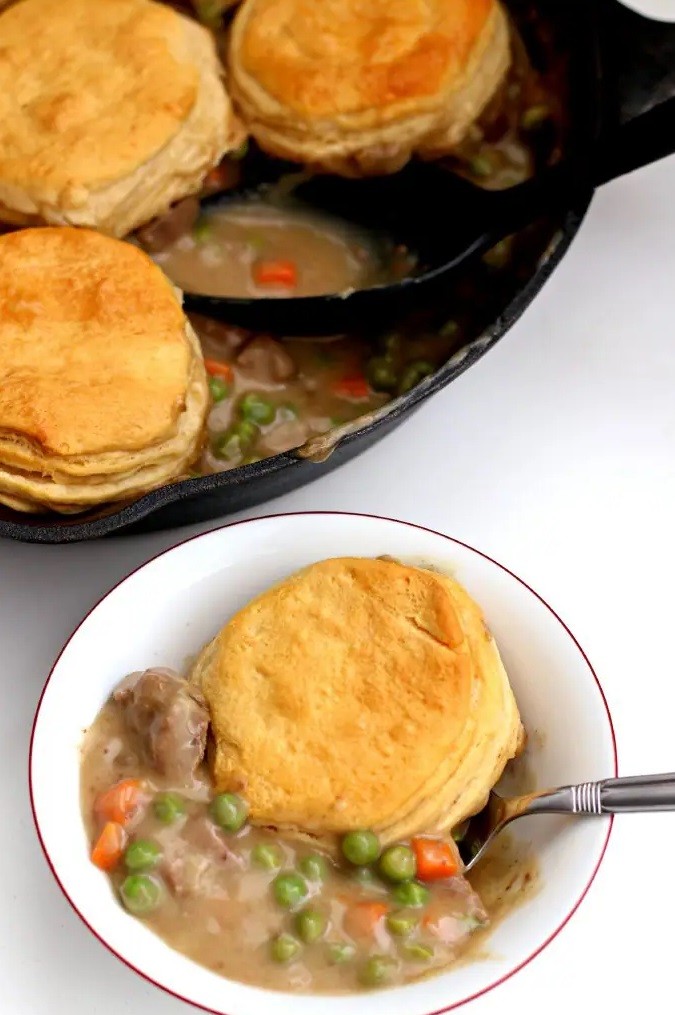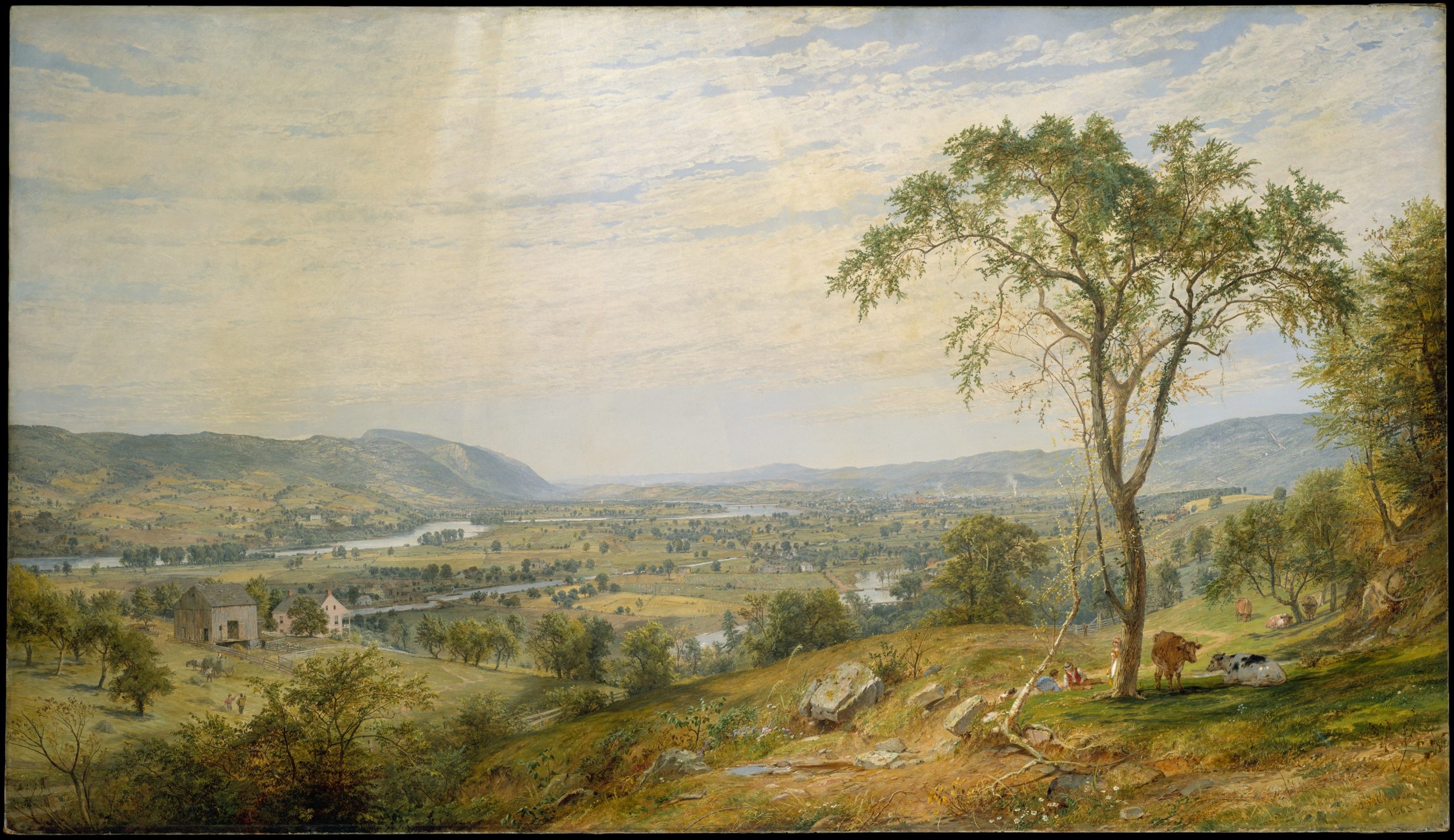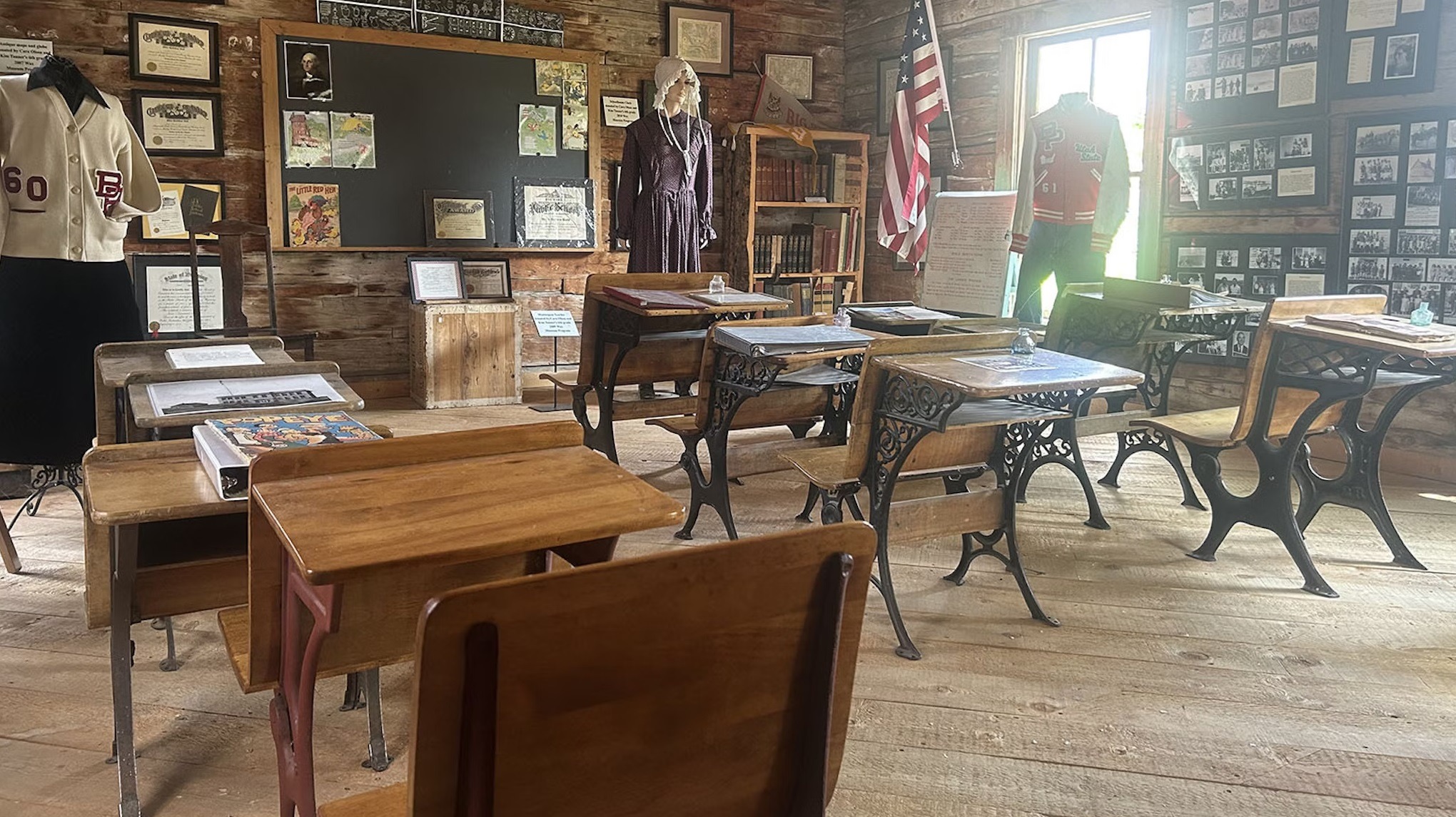Tag Archives: Wyoming
- Home
- Posts tagged "Wyoming"

Old-Fashioned Beef Stew
Ingredients
- 1/4 cup all-purpose flour
- 1/4 teaspoon freshly ground pepper
- 1 pound beef stewing meat trimmed and cut into inch cubes
- 5 teaspoons vegetable oil
- 2 Tablespoons red wine vinegar
- 1 cup red wine
- 3 1/2 cups beef broth homemade or low-sodium canned
- 1 bay leaf
- 1 medium onion peeled and chopped
- 5 medium carrots peeled and cut into 1/4 inch rounds
- 2 large baking potatoes peeled and cut into 3/4 inch cubes
- 2 teaspoons salt
We Love Our Cowgirls 🤎🤠💛#NGWSD • #OneWyoming pic.twitter.com/CTdwRsuSiV
— Wyoming Athletics (@wyoathletics) February 7, 2024
Instructions
-
Wash hands with soap and water for 20 seconds.
-
Combine the flour and pepper in a bowl, add the beef and toss to coat well. Heat 3 teaspoons of the oil in a large pot. Add the beef a few pieces at a time; do not overcrowd. Cook, turning the pieces until beef is browned on all sides, about 5 minutes per batch; add more oil as needed between batches.
-
Wash the counter and utensils that touched the raw meat. Wash hands with soap and water after handling raw meat.
-
Remove the beef from the pot and add the vinegar and wine. Cook over medium-high heat, scraping the pan with a wooden spoon to loosen any browned bits. Add the beef, beef broth, and bay leaf. Bring to a boil, then reduce to a slow simmer.
-
Cover the pot and cook, skimming broth from time to time, until the beef is tender, about 1 1/2 hours.
-
While the beef is cooking, scrub the onion, carrots, and potatoes with a clean vegetable brush under cold running water. Prepare vegetables as directed in the ingredients.
-
Add the onions and carrots to the pot and simmer, covered, for 10 minutes. Add the potatoes and simmer until vegetables are tender, about 30 minutes more. Add broth or water if the stew is dry. Season with salt and pepper to taste.
-
Serve immediately.
Trump’s children all turned out so well pic.twitter.com/bZlmPunH2h
— Petronius Arbiter (@soulofpetronius) October 25, 2025
Cowboy Coffee
“We wish to suggest a structure
for the salt of deoxyribose nucleic acid (DNA).
This structure has novel features
which are of considerable biological interest….”
James Watson | “Nature” April 1953
This simple method preparing hot coffee evolved from open flame; out on the range. The result is a strong, robust cup that retains grittiness due to the coarse grind and the absence of a filter. Cowboy coffee is more about utility and simplicity rather than precision and refinement, which aligns with the rugged and practical nature of cowboy life. Here’s how it’s typically made:
Ingredients:
Coarsely ground coffee beans, water.
Equipment:
A pot (often a simple metal or enamel coffee pot), a heat source (campfire or portable stove), and a way to separate the grounds from the liquid (like pouring or using a fine mesh strainer).
Process:
Add coarsely ground coffee to the pot. The amount can vary based on personal preference, but it’s generally a couple of tablespoons of coffee per cup of water.
Add water to the pot. Again, the ratio of coffee to water can be adjusted based on taste preferences.
Place the pot on the heat source and bring it to a near-boil. Watch it carefully to avoid boiling over.
Once it’s heated, let it steep for a few minutes. Some cowboys might toss in a crushed eggshell to help settle the grounds.
Remove the pot from the heat and let it sit for a moment to allow the coffee grounds to settle.
Pour the coffee carefully to avoid pouring the grounds into your cup.
Locals swear by it:
“Cowboy coffee ain’t as easy as it looks. It takes some know-how to make it right.” – Unknown
“You can’t compromise with a cup of weak coffee.” – Cowboy Proverb
“There are only two things that a cowboy can’t do without – his horse and his coffee.” – Unknown
“A cowboy’s day starts with coffee and ends with whiskey.” – Unknown
“Life is too short for bad coffee.” – Unknown
“Cowboy coffee: where the grounds are meant to be chewed, not sipped.” – Unknown
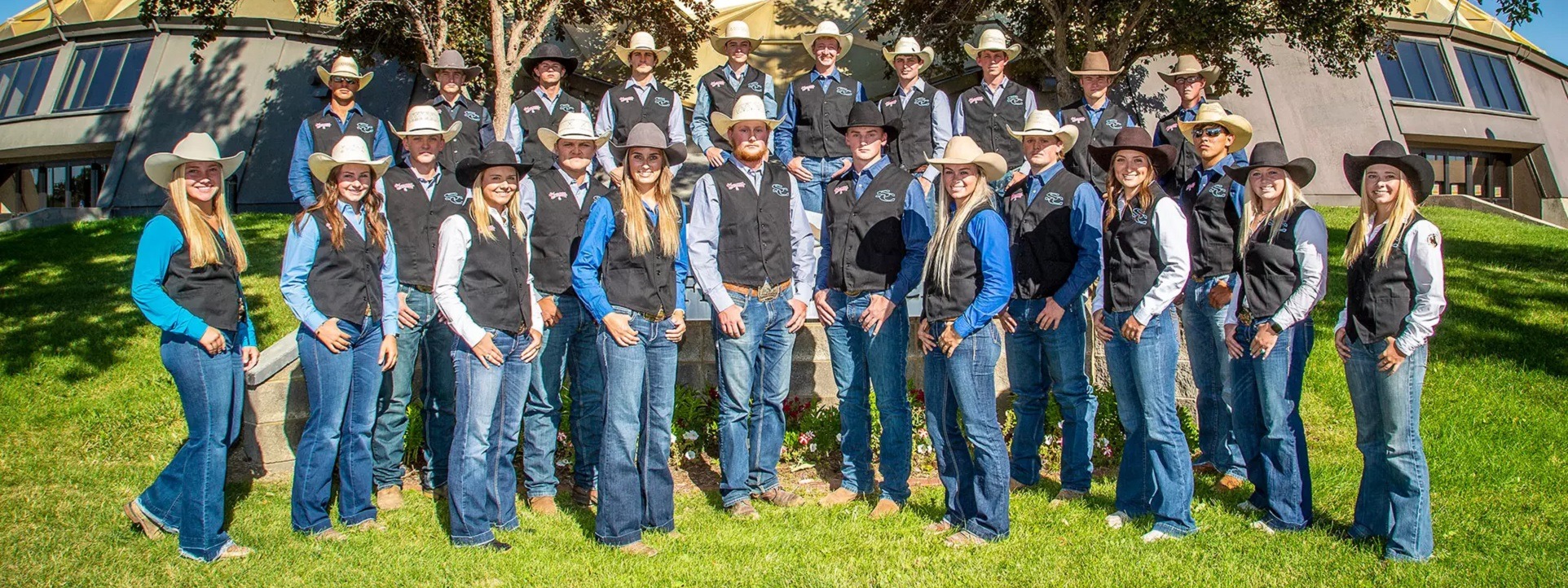
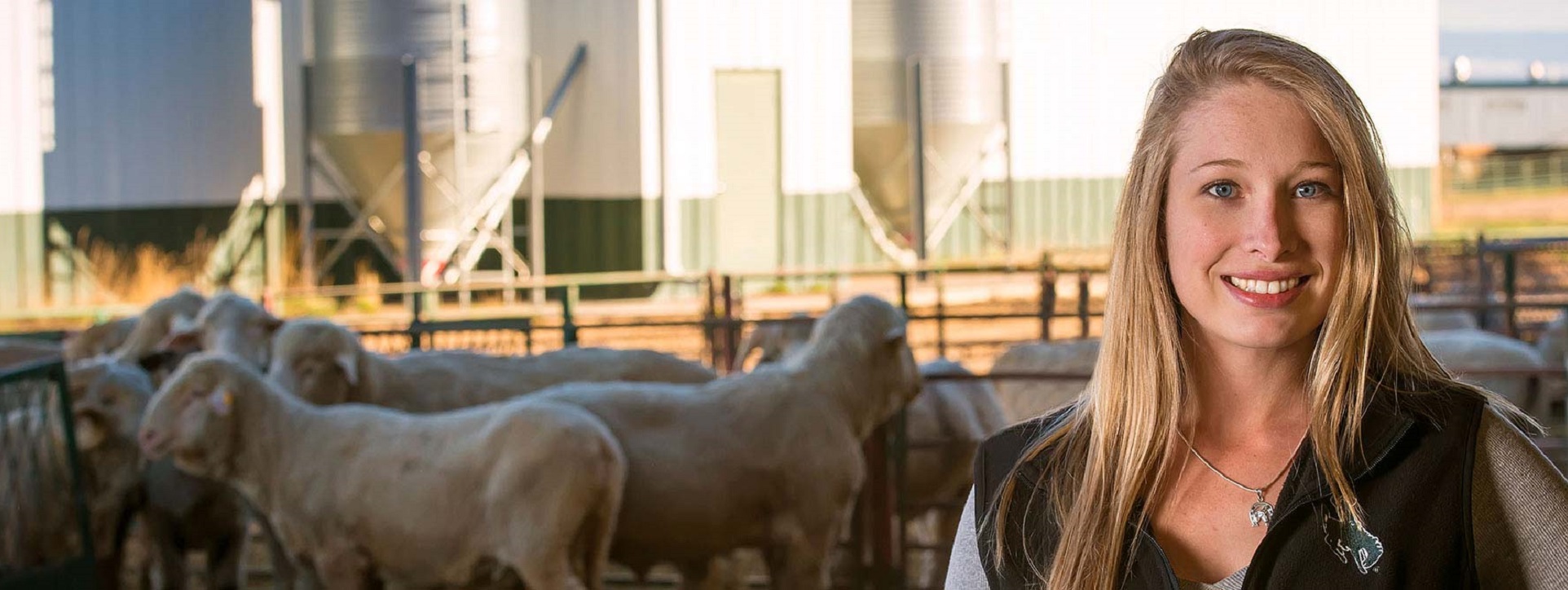
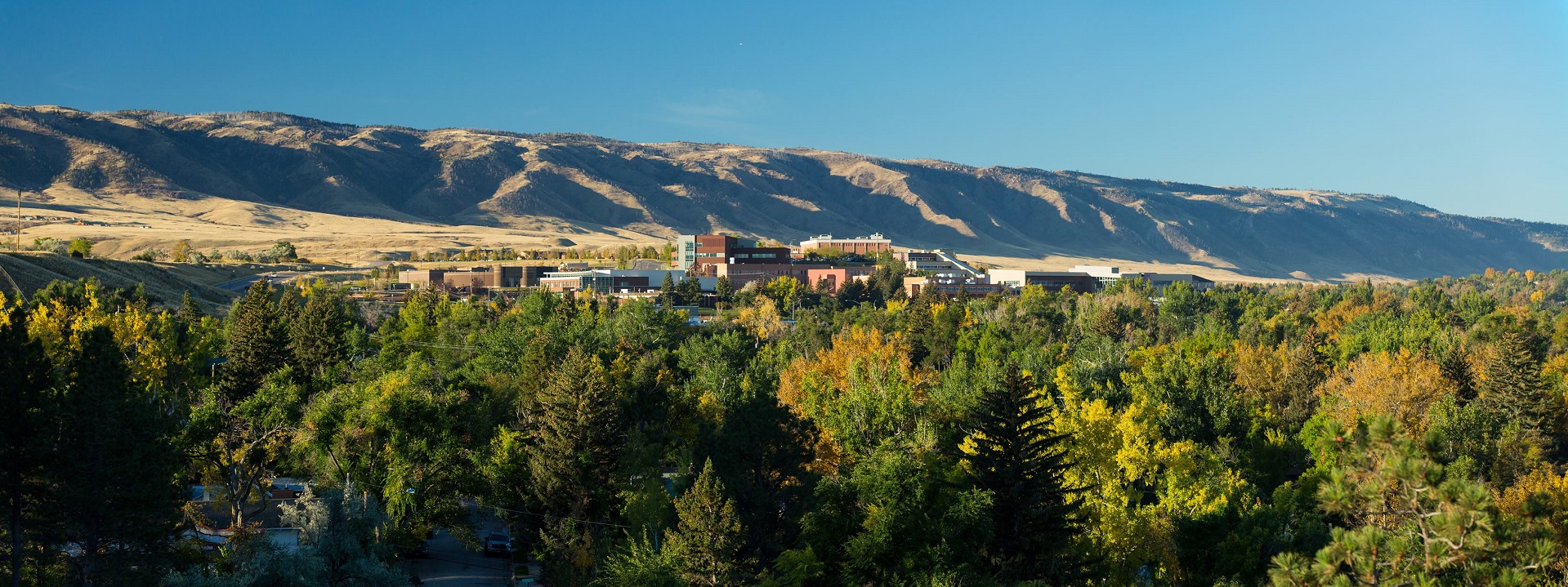
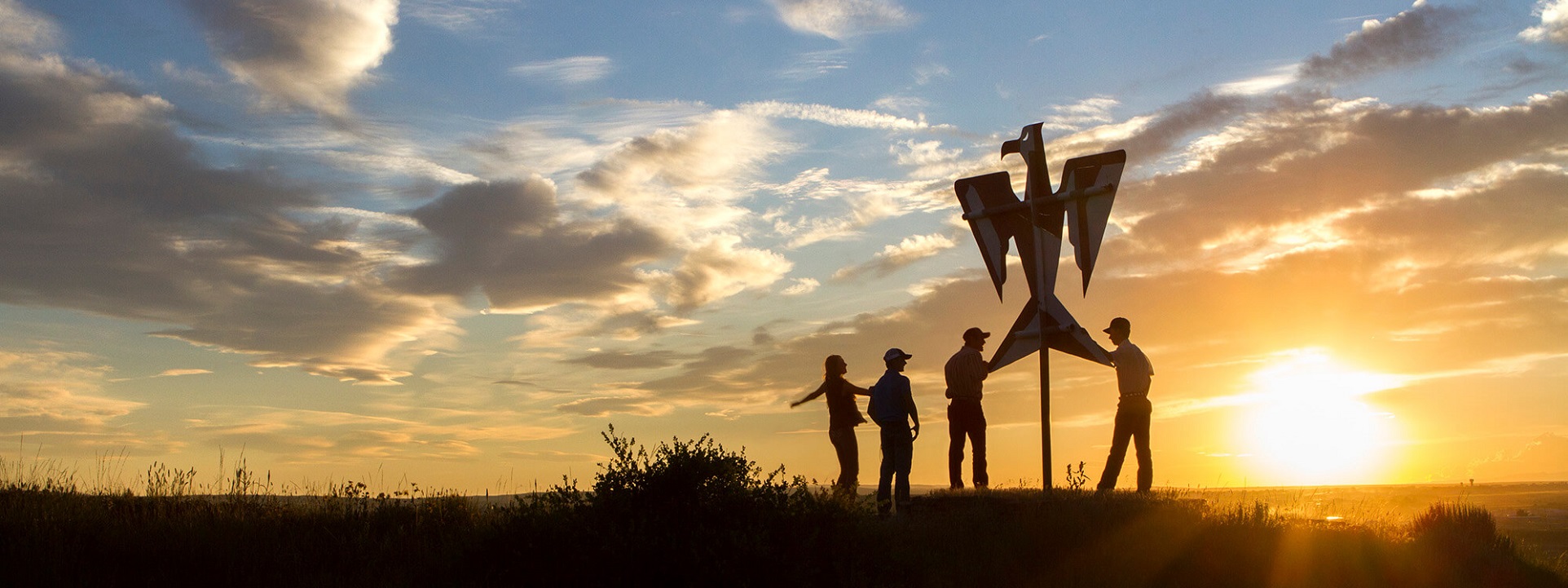
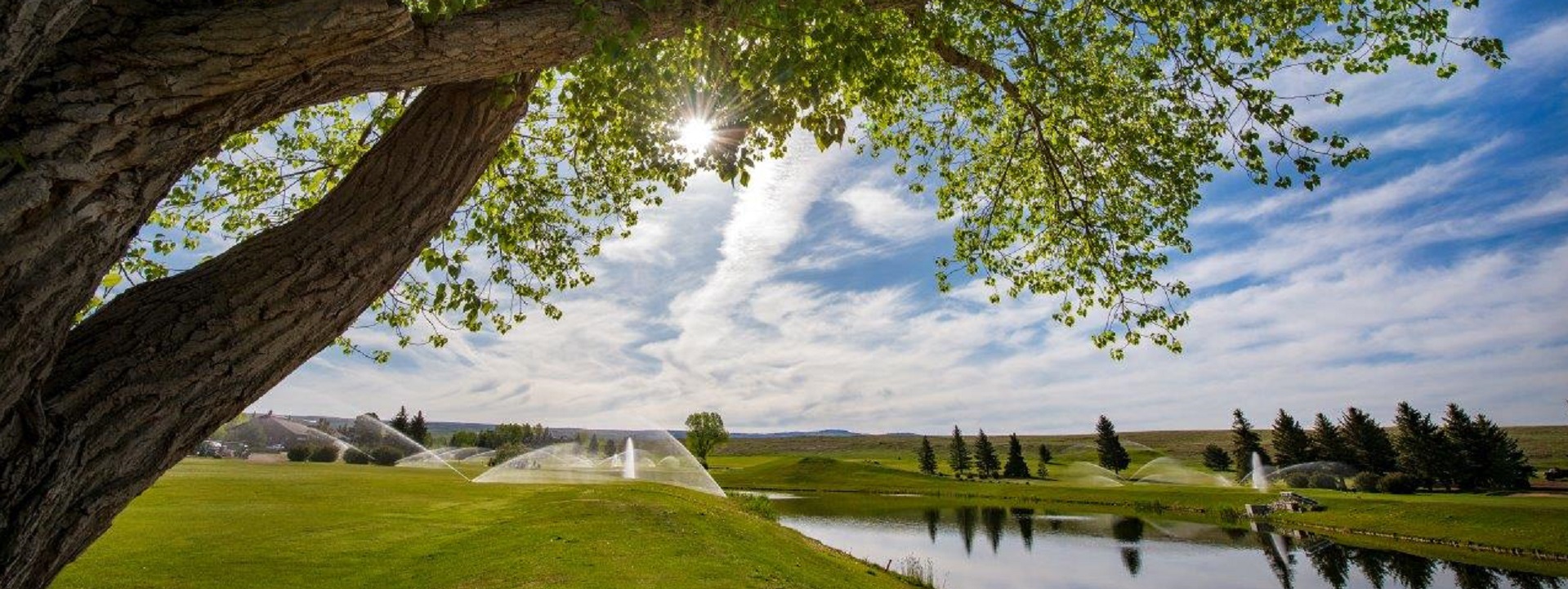
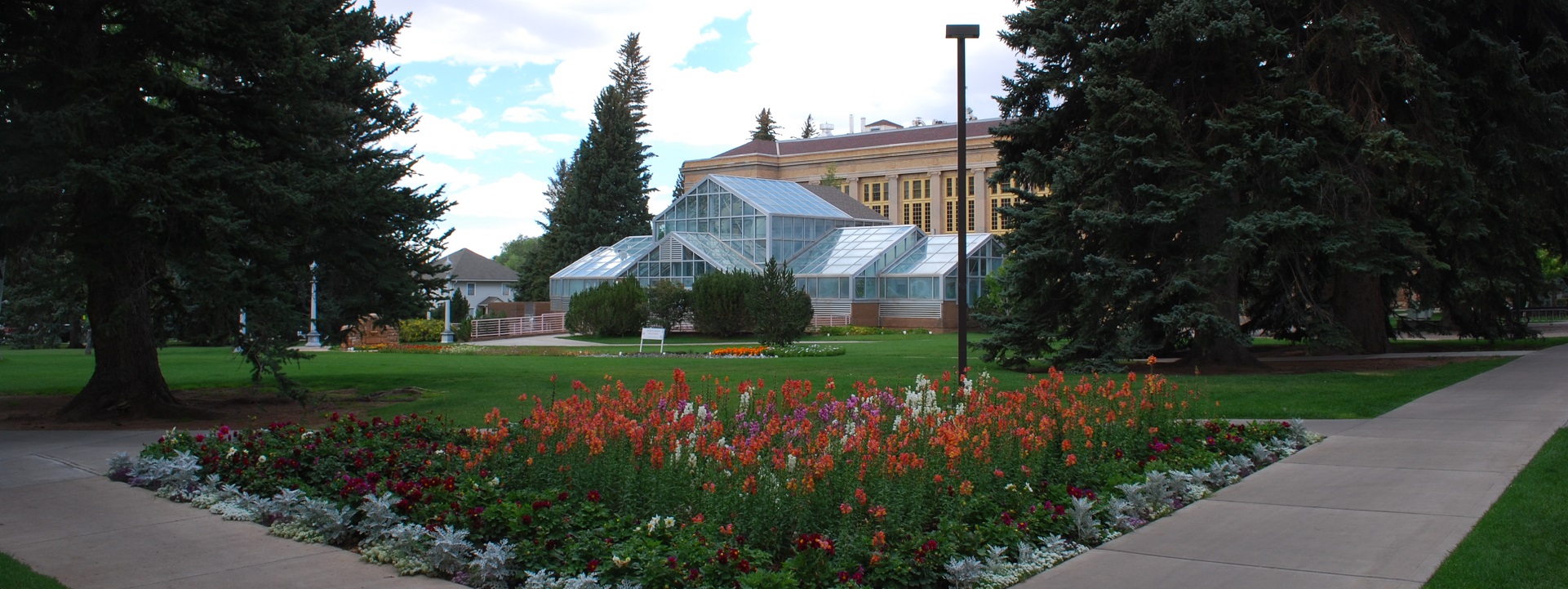

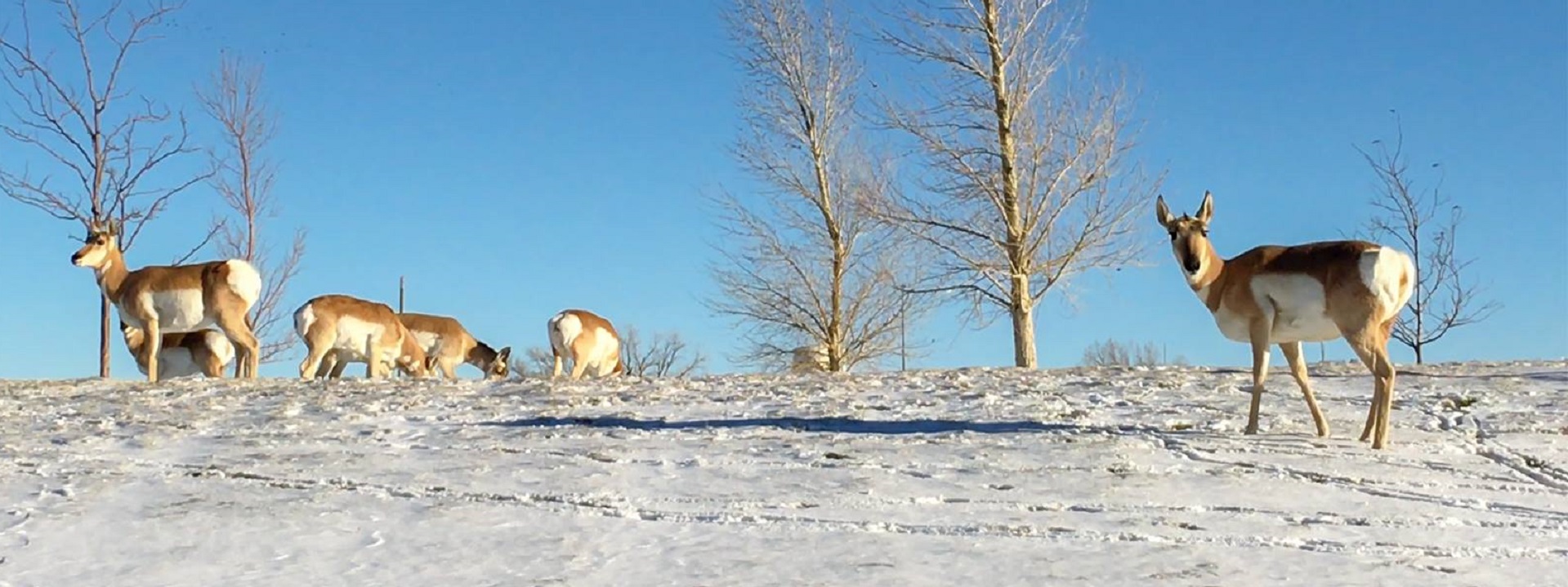

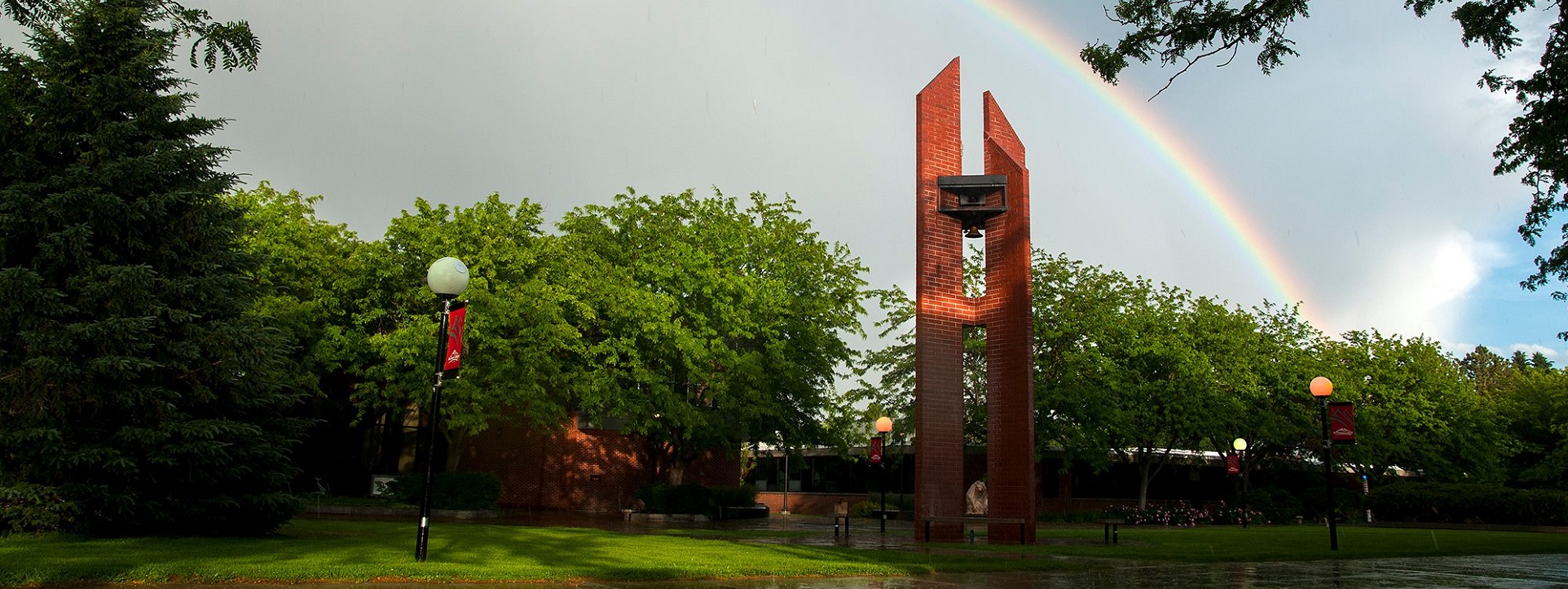
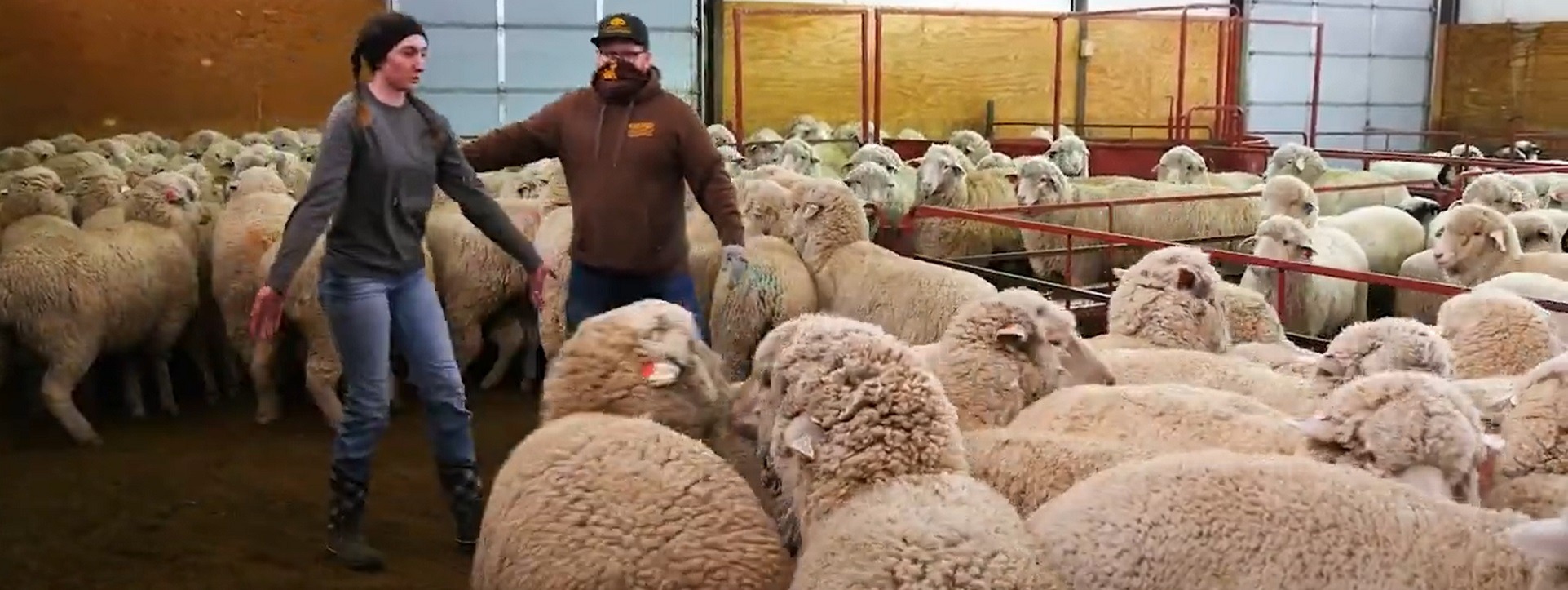
“The Liberals are Coming, and They’re Bringing Fancy Coffee” https://t.co/XykfCFYZgVhttps://t.co/exHU6TR2h9
America is changed by flight from miserable Blue States to better Red States—only to import the policies that created the misery they fled from in the first place. pic.twitter.com/OaVVgrTxJr— Standards Michigan (@StandardsMich) October 31, 2022
High Altitude Cinnamon Rolls & Cowboy Coffee
Net Position 2024: $1.304B (Page 22)
Old Main | 2021 Wyoming Building Code
Classes are underway at the University of Wyoming! Whether this is your first day of classes or the last time you’re starting your year as a Cowboy, good luck and we’re proud of all the hard work our Cowboys put in!#uwyo #TheWorldNeedsMoreCowboys #IAmACowboy #GoWyo #GoPokes pic.twitter.com/sev8I2pb8q
— University of Wyoming College of Arts & Sciences (@UWArtsSciences) August 22, 2022
“Ranch Life and the Hunting-Trail” | 1921 Theodore Roosevelt
Working Dogs
Hey lovelies ☕🥰🍂
I hope this post finds you well & that you have a wonderful day! ❤️ pic.twitter.com/ljULxGtS70
— Jess Tungsten (@JessTungsten) November 15, 2025
Chocolate Cherry Breakfast Muffins & Cowboy Coffee
Oklahoma State University Financial Statements 2024 | $1.425B (Page 5)
Executive Leadership | Higher Learning Commission | Facilities Master Plan
Pleasant Valley Schoolhouse | Stillwater
A new Cowboy Code: No one sleeps til the pomp is done 💤 pic.twitter.com/7CsMzWaxyQ
— Oklahoma State Univ. (@okstate) October 17, 2025
“The War on the West” Jordan B. Peterson & Douglas Murray
It’s that time of year 🎄#RoadToOcala | #GoPokes pic.twitter.com/NNN03IAPEV
— OSU Cowgirl Equestrian (@OSUEquestrian) December 4, 2024
Carmelite Monks of Wyoming Monastery
This content is accessible to paid subscribers. To view it please enter your password below or send mike@standardsmichigan.com a request for subscription details.
Eggs Benedict
Standards Wyoming | Kitchen Standards | Wyoming Union
Cowboy Coffee | Appetite for Knowledge
Vicki Hayman, University of Wyoming Extension Nutrition Educator, explains how to put together an English muffin, poached egg, Canadian bacon, and a homemade hollandaise sauce named after Lemuel Benedict, a Wall Street banker who, in 1894, ordered a hangover remedy at the Waldorf Hotel in New York. He requested buttered toast, poached eggs, crisp bacon, and hollandaise sauce.
The hotel’s maître d’hôtel, Oscar Tschirky, was impressed and adapted the dish for the menu, swapping bacon for ham and toast for an English muffin, naming it Eggs Benedict in his honor. Another claim links it to Commodore E.C. Benedict, but the Lemuel story is more widely accepted. The dish’s luxurious combination of poached eggs, ham, English muffin, and hollandaise sauce cemented its fame as a breakfast classic.
Prime Rib Perfection
This content is accessible to paid subscribers. To view it please enter your password below or send mike@standardsmichigan.com a request for subscription details.
New update alert! The 2022 update to the Trademark Assignment Dataset is now available online. Find 1.29 million trademark assignments, involving 2.28 million unique trademark properties issued by the USPTO between March 1952 and January 2023: https://t.co/njrDAbSpwB pic.twitter.com/GkAXrHoQ9T
— USPTO (@uspto) July 13, 2023
Standards Michigan Group, LLC
2723 South State Street | Suite 150
Ann Arbor, MI 48104 USA
888-746-3670


